How to validate your beachhead market?
💡 I went through 20+ blog posts, books, articles, and chapters on beachhead markets. Most of them repeat the same chunks without actionable insights. Therefore, I’m writing a series on beachhead markets.
Beachhead market series
📰 What makes a great beachhead market?
📰 Five expansion strategies from your beachhead market
➡️ Today: How to validate your beachhead market with experiments?
🗓️ Planned: Performance-based beachhead: lessons from the steam engine
Validating your beachhead market
In hindsight, most beachhead markets look obvious
When you are in the chaos, it’s not clear
In this post, I show you how to select a beachhead market in this chaos.
And, 5 experiments that help to validate a beachhead market.
Meet the startup: Flowline
Flowline is a startup that offers an AI-based sports trainer.
Based on video analysis, it provides feedback on players’ movements, positioning in the field and sports-specific feedback, for example, your swing in tennis.
They achieve this by installing their camera systems at partnered fields and courts and processing the footage with their software.
Step 1: Selecting the right sports vertical
Flowline felt their computer vision-based technology could apply to any sport. In their gut, field hockey and football felt too big to them. After some deliberation, they had to choose between two sports: tennis and padel. Which vertical is right for them?
Looking at market size
Padel and tennis are quite similar sports, yet tennis in the Netherlands has been around much longer resulting in many, many more players.
In the Netherlands, tennis had 1M active players, padel about 30k (based on a Dutch 2021 Report by the national tennis association).
Padel grows very fast
However, the padel market has been growing super fast. Padel is expected to hit 124k players in 2024, that’s 400% growth. In mentoring sessions, the team underpinned this growth aspect as a compelling argument.
How much can YOU obtain?
A first-year MBA student would select the largest market, right? Before trying to enter a market, you don’t know which share of the market you are able to obtain.
It could be that they are able to get 80% of the padel market and only 1% of the tennis market. In absolute numbers, that would be 24k vs 10k.
Getting 80% seems awfully high. However, the question marks in the above graph are the most interesting piece of information, that is unavailable before entering that market.
A made decision is better than no decision
You can’t always analyse your way out of situations like this. Sometimes you just need to pick one and move on.
They had a gut feeling argument that padel as a sport was more innovative. The team envisioned most tennis players to be boomers sitting in a dimly lit cafeteria after their game. For them, this was enough:
Fast growing market
Young and tech-savvy crowd
One-way door and two-way door decisions
It was not an easy decision: the team was hesitant to make the final call. I see this a lot. You are not marrying your decision on anything. Here it’s important to check if you are facing a one-way door or a two-way door: is the decision reversible?
One-way doors you can’t go back. Two-way doors are easy to overturn. In my experience, most decisions in early-stage startups are reversible and therefore two-way doors. If you encounter such a decision, don’t overanalyse. Worst case: you miss a couple of weeks of work.
Step 2: Testing your beachhead market
After selecting your beachhead market, you want to see if it works. The term beachhead market was inspired by the invasion of Normandy, as I wrote in the first article on beachhead markets.
The Normandy Invasion was called Operation Overlord. But have you heard of Operation Husky? What is an article by Jeroen without some historic reference?
Testing amphibious invasions
Operation Husky was the invasion of Axis-Sicily in 1943, one year prior to Operation Overlord. It was the biggest aero-amphibious invasion to date. Some historians see this invasion of the Sicilian island and Italy as a place of learning for Operation Overlord.
The result? After launching a beachhead, within 6 weeks, the entire island of Sicily was captured. Chiefs in charge were so impressed they called for a larger invasion of Italy.
In the end, 1/5th of German forces throughout the entirety of Europe were moved to Italy to fight this invasion. It ultimately led to Dictator Mussolini being toppled from power.
Learning: The allies can do amphibious invasions using beachheads. Good to know.
Flowline beachhead market strategy
How can Flowline test its beachhead market?
With padel as a vertical, Flowline ultimately had a product/feature-based beachhead market strategy like Tesla. It consists of three waves of functionality for padel players.
This gave rise to 5 experiments.
Experiment 1: Are people interested in having their game filmed?
The first step of the beachhead market would only include video. Is that enough value for the padel players?
Based on a survey, the team concluded that this could be an interesting first step.
⚠️ I showed this article to a founder of the startup. He reflects critically: “This survey was not mom-test proof with future oriented questions. Can contain biased data. Futhermore, filming could be a nice to have gimmick, but will they pay for it?”
Experiment 2: Why are people not using padel trainers?
Their biggest competitor is the padel trainer. Why are people not using them?
It turns out, they are too costly and take up too much time. An automated recording system would be cheaper than a person and take up less time, they reasoned. These were positive signals for their beachhead market strategy.
⚠️ Critical reflection from founder: “This was more realiable data than the previous experiment, due to past behavior”
Experiment 3: Can we get a padel court to join?
Having padel players on one side sounds good, but you need padel courts that will have you. They cold-called and visited padel courts in the Rotterdam area and quite soon found a court owner that loved their concept.
This court owner was an innovator pur sang. He bought them their GoPro for their first prototype, which is a great sign of commitment. Their hunch is that padel might be a bit more innovative than tennis could be true?
⚠️ Critical reflection from founder: “We first wanted to focus on consumer value before signin up other courts. We also found a competitor with a similar recording option with 10 courts in the Netherlands, that gave us enough confidence that other courts would be willing to work with us.”
Experiment 4: Can we get players to actually sign up for our service?
They ran a simple landing-page experiment to see if people would sign up. Answer: Yes, 52 signups with quite a high conversion rate.
Also, the simple video offer got the most traction, which underpinned their first wave of the beachhead market strategy.
They also noticed a pattern, which is that the people interested in this are padel players that play at least once a week. Relevant information for segmentation!
To attract visitors, they put up a poster at their partnered padel court which got over 300 hits.
Experiment 5: Can we generate value?
They handcrafted their first pilot. From their sign-up test, they invited people to their court with their prototype in place. They manually analysed 750 minutes of padel video footage of their users. They send a PDF with simple stats to the users to get some feedback.
Some of the initial, varied feedback on the PDF & video:
On the video
“It was nice to have video to improve yourself in padel, looking back at yourself”
“It is fun to look back at your game together, relive and laugh about fun rallies”
On the stats
“the comparable statistics are nice, and based on very basal numbers. This makes them very insightful”
“The specific numbers had no added value, like knowing which kind of stroke to use more would be valuable”
Sounds good, right, for a first go?
⚠️ Critical reflection from founder: “We don’t know how long they looked at the video or the PDF. Also, we didn’t charge anything. Did we provide enough value?”
What is their beachhead market?
Their beachhead market has the following characteristics for now:
The padel vertical
Rotterdam area
Courts with innovative owners that are willing to invest in their customers’ experience
Padel players that play at least once per week (that want to have video recordings of their matches)
Is it validated?
No. Nothing is ever validated. That is the wrong question. Do they have more evidence on that beachhead market than at the start? Definitely yes.
Well, why did you call the article ‘How to validate your beachhead market?’? Clickbait baby. Nothing gets those hits rolling if you use the word ‘validate’ in a title 😏.
What’s next for Flowline?
Currently, they are testing the video proposition. They want to learn if people will actually record when Flowline is not handcrafting the experience.
The founders want to learn if people will use the service and actually watch the video. And they will test if they can monetize this. Their next MVP should help them to learn this.
You can see how much they learned but still how much uncertainty there is in this startup. That’s what I wanted to show you. That is normal. It’s not easy to get find your beachhead market and product/proposition.
Did you learn anything?
Yes, this article was Great - Good - Meh
🤓 Want to learn more? Extra credits!
This is some extra content. It was not essential for the main storyline but still holds value for the eager geeks and teachers’ pets. Let me know in the feedback if you like this 🙂.
Competition can be an argument for beachhead market selection
When Flowline was scouting the field, they found that there was already a video recording app for the tennis vertical, Swingvision. That sounds promising.
They also found a company doing padel streaming in Scandinavia with 1700 courts. Shows that this might be a viable business.
Customer counts are not market sizes
To select the vertical, I talk about player amounts to select a market. Market sizes are always in euros (or at least a currency). Are padel players spending as much as tennis players? I couldn’t find the data specific to the Netherlands.
I could find some global numbers on the equipment market sizes and some napkin math helped me out.
Depending on the source tennis equipment market size is $4B to $9B (about ±$6B on average). Padel equipment market size is about $200M. The ratio of $6B to $200M is 1:30. This is similar to the ratio of tennis players and padel players in NL (1M to 30K)
I would conclude: the average spend per player is similar and would not influence my decision.
What about Spain?
Padel is particularly popular in Spain. 6M players, out of 47M inhabitants. 13% of that country plays padel. Whereas in The Netherlands a rounded 0%. The MBA might say: go to Spain then. Sure. If you are a big corporate and you have deep pockets, that might work.
However, this team is located in the Netherlands. They don’t have the financial or timely resources to relocate. The physical component of their solution (their cameras) would make it hard to launch there rather than in their own backyard.
Even though this market might be very interesting, it was not a serious option for them. It could obviously be an option two years down the line.
Need help validating your beachhead?
I will help you to get traction in your beachhead market. Read some of my reviews and my way of working below.
I’ve got one spot left for the coming months. Ooooh, that urgency. Do you feel it?






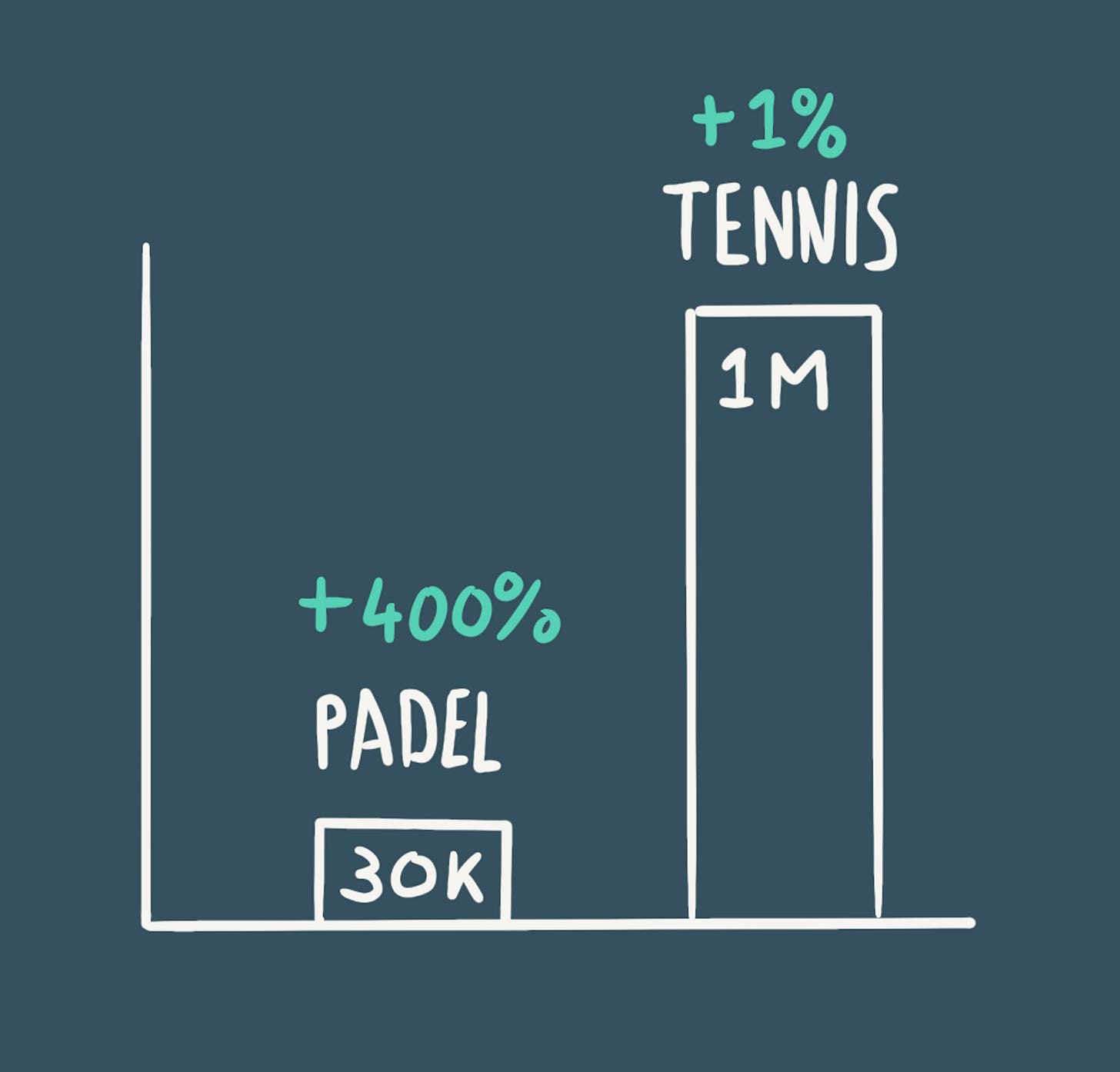


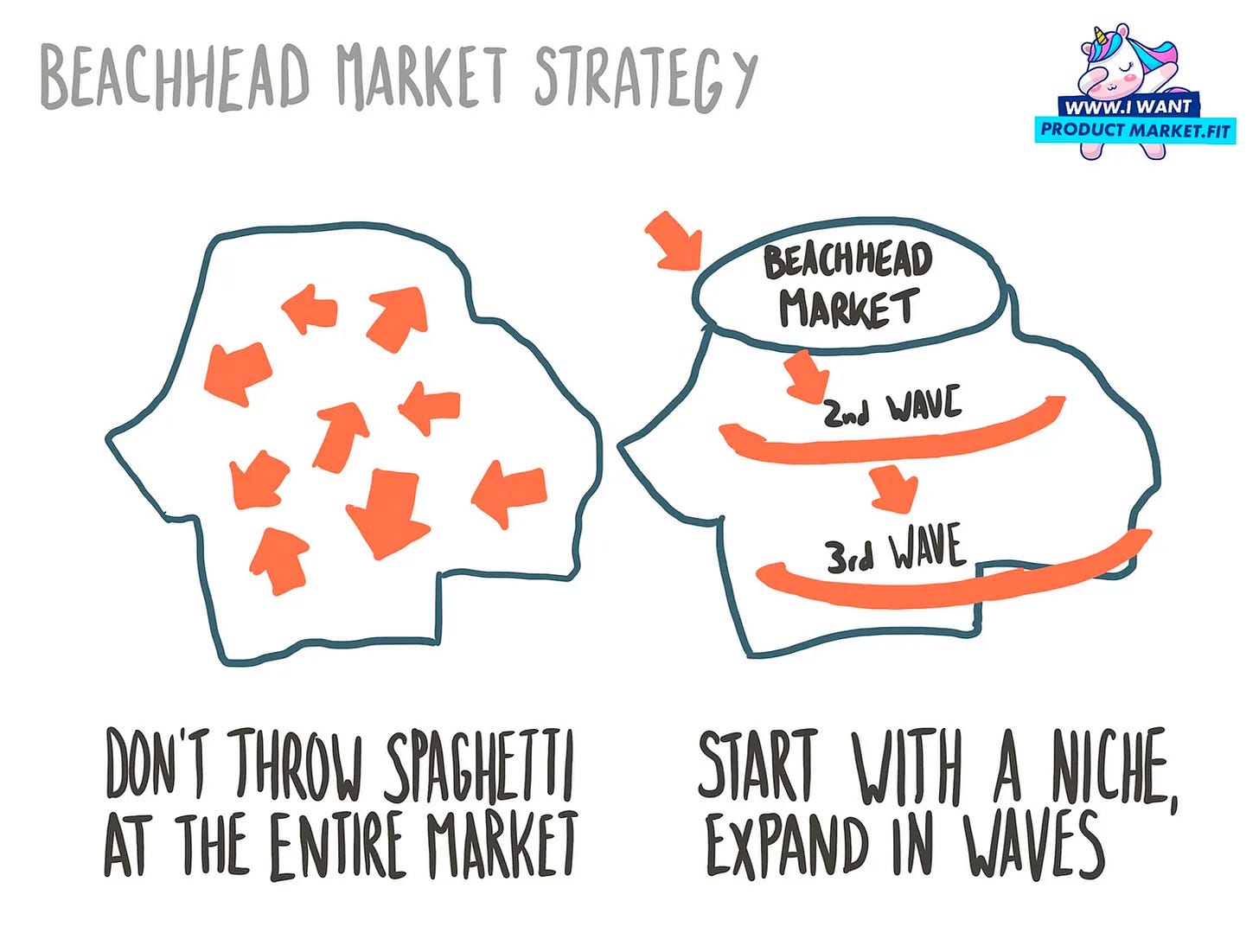

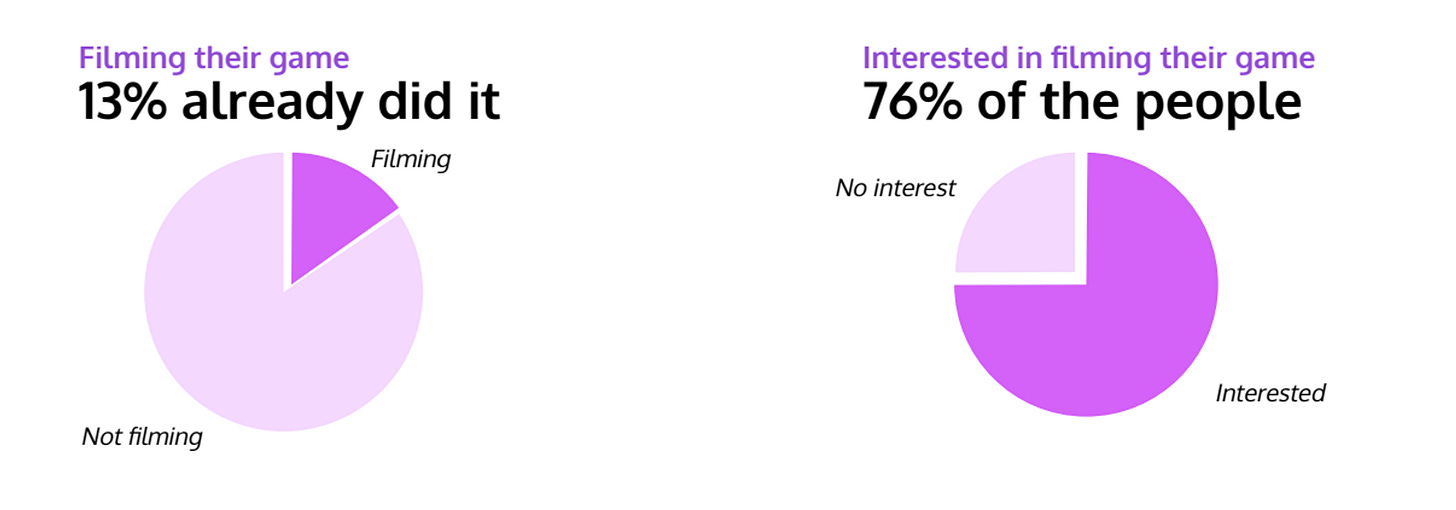







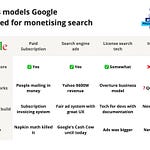




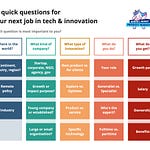
Share this post